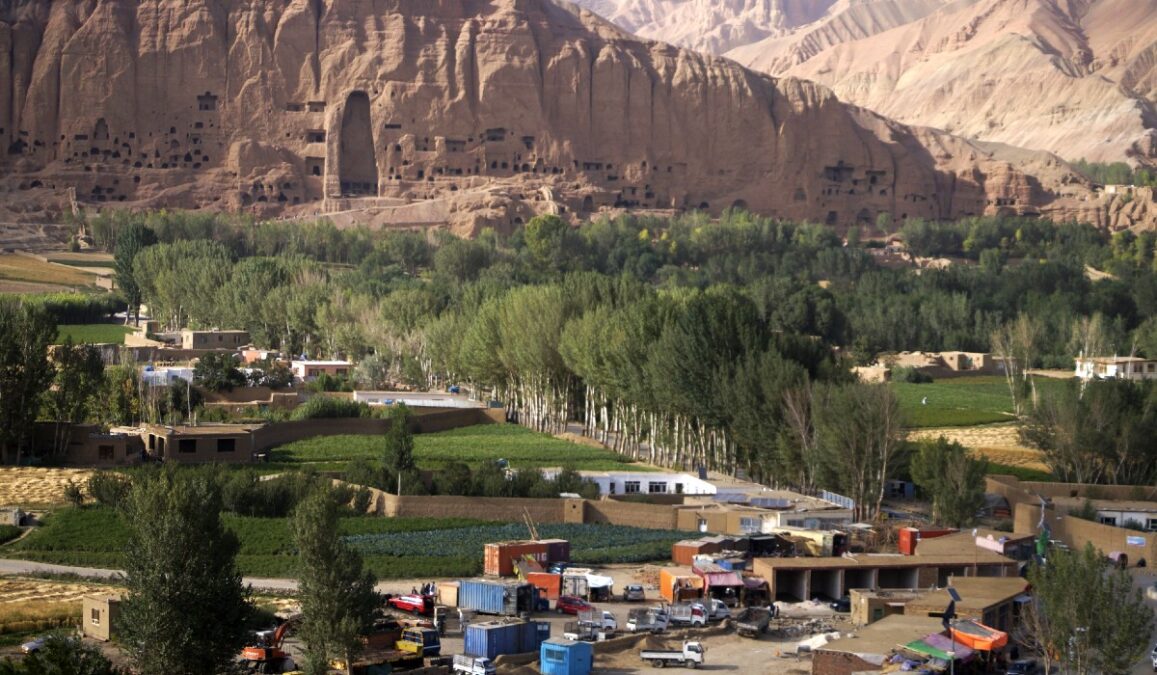On March 11, 2001, the Taliban demolished the historic Buddha statues in Bamiyan, Afghanistan, an act ordered by the Taliban leader that spanned two days and nights amid intense bombardment.
Abdul Hai Mutma’in, a spokesman for the former Taliban leader, detailed in his book, “Mullah Omar, Taliban and Afghanistan,” that Mullah Mohammad Omar believed the destruction of the Bamiyan idols was necessary to avoid judgment on the Day of Judgment.
Cultural experts contend the loss of the Bamiyan statues has left lasting scars on Afghanistan’s heritage.
The Taliban initiated the destruction following Friday prayers, employing explosives and gunfire to bring down the ancient relics over the course of two days.
According to Mutma’in, a significant amount of gunpowder was dispatched to Bamiyan for the demolition. Despite intervention efforts by UNESCO and Qatar, which included a visit from a delegation of prominent scholars from the Arab world led by Mohammad Yusuf Al-Qaradawi, the head of the World Union of Islamic Scholars, the Taliban proceeded with their plan.
The book reveals that Noor Mohammad Saqib, the head of the Taliban court at the time, dismissed appeals to preserve the statues on religious grounds, highlighting a broader disregard for international pleas to save the historical monuments.
Despite the statues not being worshipped and the absence of idolatry threats in Islamic countries, the Taliban viewed their existence as contrary to Islamic Sharia, as stated in “Mullah Omar, Taliban and Afghanistan.”
The international community, followers of Buddhism across Asia, the United Nations, and UNESCO, strongly reacted against the Taliban’s actions. However, these efforts failed to sway the Taliban’s resolve to destroy the statues, which were monumental reminders of Buddhism’s glory and influence in the 6th century.
The largest of these, the Salsal statue, stood at 53 meters, carved in 554, while the second, Shamama, reached 35 meters, created in 507 to commemorate Buddhism’s expansion in Afghanistan.
Efforts by Afghanistan’s previous government to restore these statues ceased with the Taliban’s resurgence.





